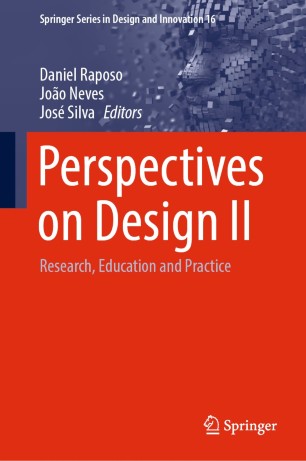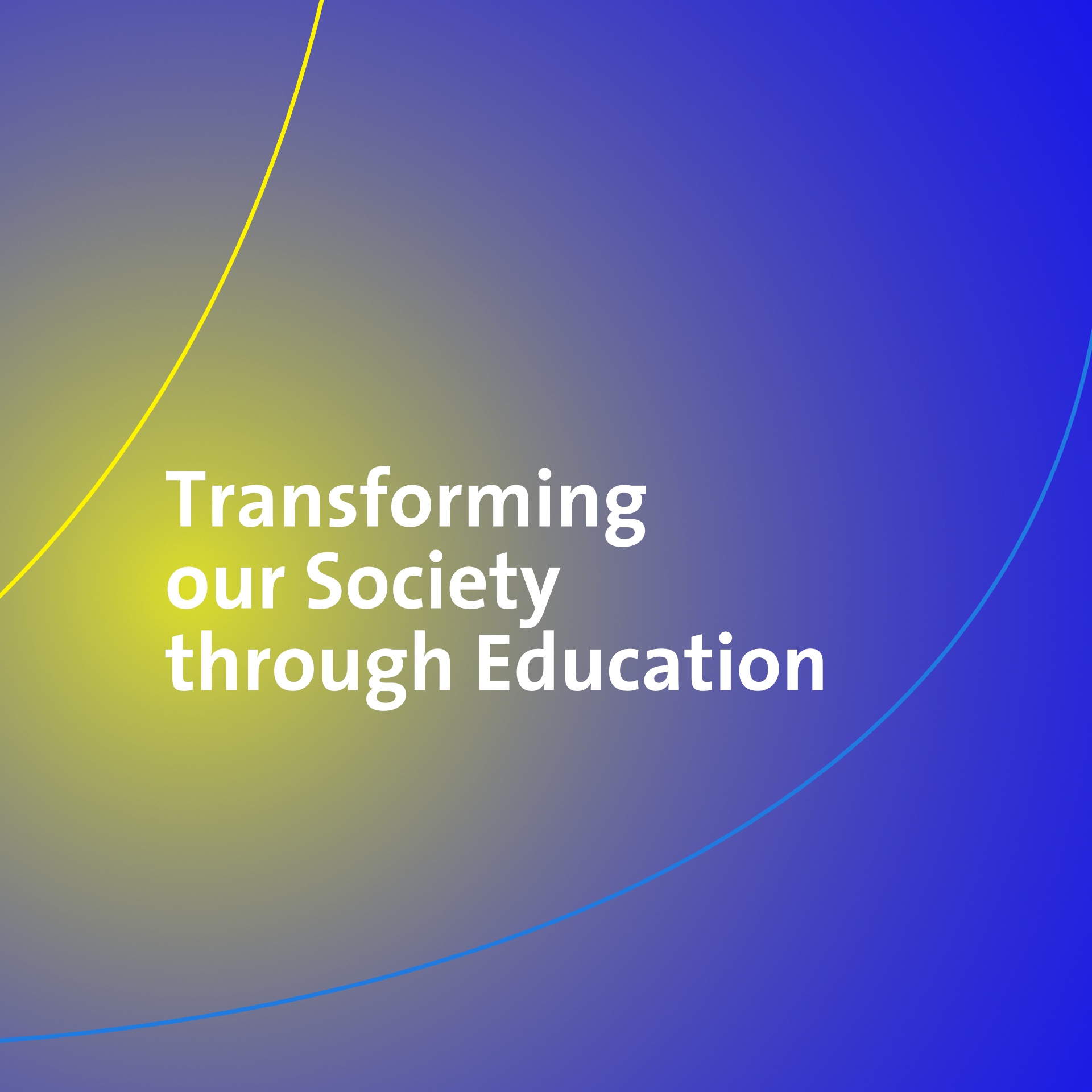In 2020, the European Commission announced the launch of a New European Bauhaus aiming at collaborations between the world of art and design and the one of science and technology. The Commission deduces the need for such col- laborations from the goals established in the European Green Deal and the Digital Transition. According to these goals the New European Bauhaus is meant to become a collaborative platform aiming at the re-design of our built environment and our energy clusters.
Based upon a historical review and my observations as a design researcher and educator the book chapter “Extending the New European Bauhaus – An Educational Initiative that is much needed to transform our Society” reports on the first perception of the New European Bauhaus and critically reflects the question whether referring to the original institution that had to close its doors, 88 years ago, is still relevant.
Furthermore, I set out to understand which could be the arts and design domain’s most valuable contribution to the New European Bauhaus. My proposal is that this contribution may lie in the art and design community’s culture of creating – or in German Entwurfskultur– and its capacity to meet the uncertain with strategies of lifelong learning. As a conclusion, I suggest that from a holistic ans systems thinking point of view the New European Bauhaus needs to set its aims beyond the redesign of our built environment and extend to an educational initiative aiming at the transformation of our our consciousness and collective human behaviour towards the inside of concrete problems connected to e.g., our energy consumption or how we could re-esytablish a balance between the human society and its natural habitat.
Thanks to our Editors Daniel RaposoJoão Neves and José Silva at the Escola Superior de Artes AplicadasInstituto Politécnico de Castelo BrancoCastelo BrancoPortugal, my chapter was published in “Perspectives on Design II – Research, Education and Practice” available at Springer.

